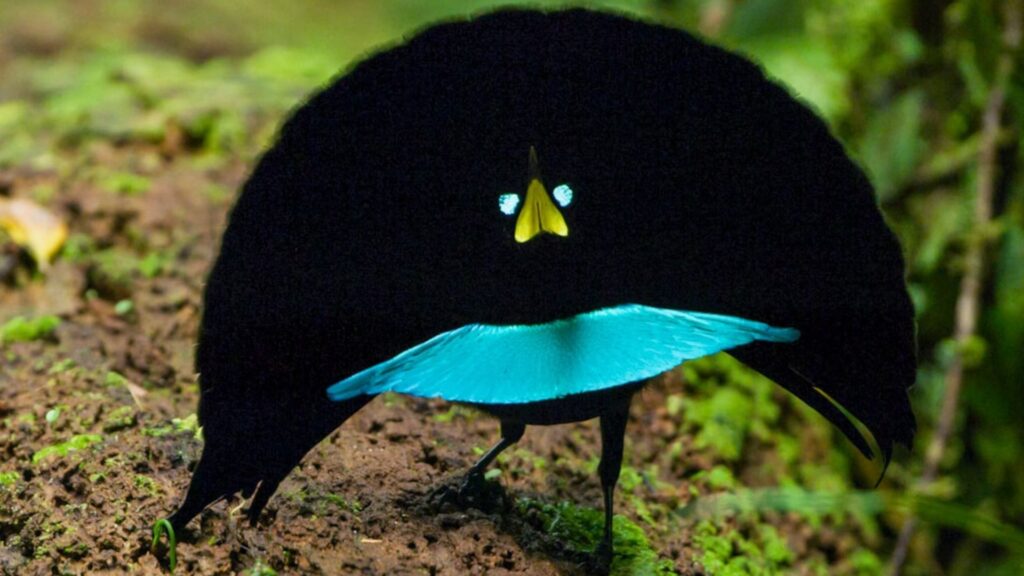
The animal kingdom is a vast tapestry of biodiversity, showcasing creatures with remarkable adaptations and behaviors. Among them are species so unique and rare that they captivate our imagination and highlight the wonders of evolution. Here, we explore ten such animals, each with distinct characteristics that make them stand out in a crowd.
The Marvels of Evolution
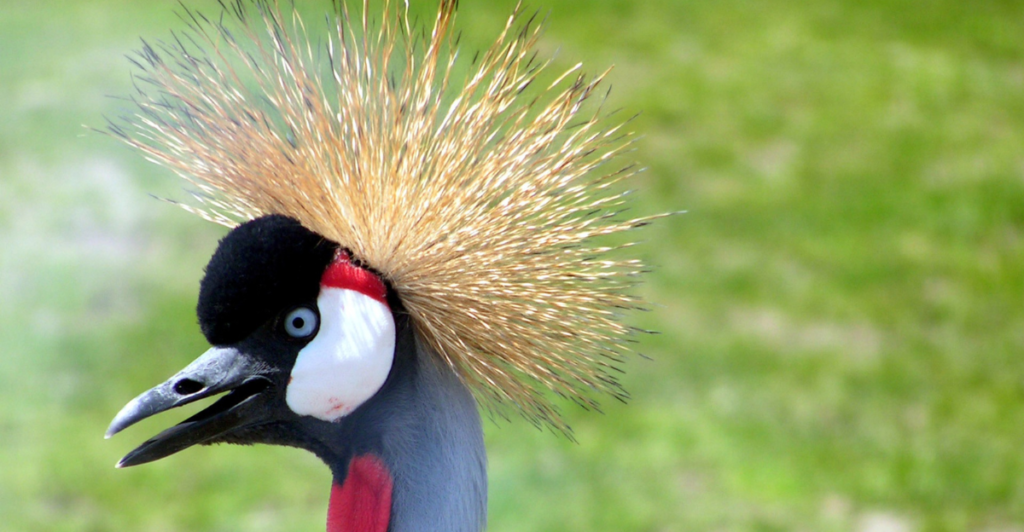
Evolution has sculpted life on Earth over millions of years, leading to an incredible diversity of species. Through natural selection, organisms develop traits that enhance their survival and reproduction in specific environments. This process results in the emergence of unique adaptations, such as the elongated neck of the giraffe or the camouflaging ability of the chameleon. The animals featured in this article exemplify the extraordinary outcomes of evolutionary processes, each possessing characteristics that set them apart from their peers.
Maned Wolf: The Fox on Stilts
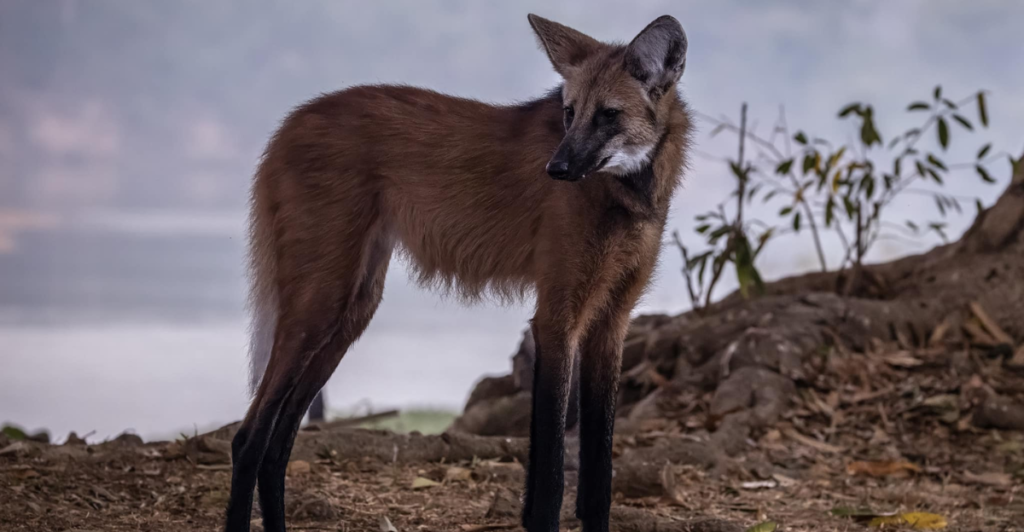
Native to the grasslands and scrub forests of South America, the maned wolf (Chrysocyon brachyurus) is neither a fox nor a wolf but belongs to its own genus. Its long legs, adapted for traversing tall grasses, and reddish-brown fur give it the appearance of a fox on stilts. Primarily nocturnal, the maned wolf has a varied diet, including small mammals, birds, and fruits like the lobeira, also known as the “wolf apple.” Unfortunately, habitat loss and road collisions have led to a decline in their population, making conservation efforts essential to ensure their survival.
Goblin Shark: The Living Fossil
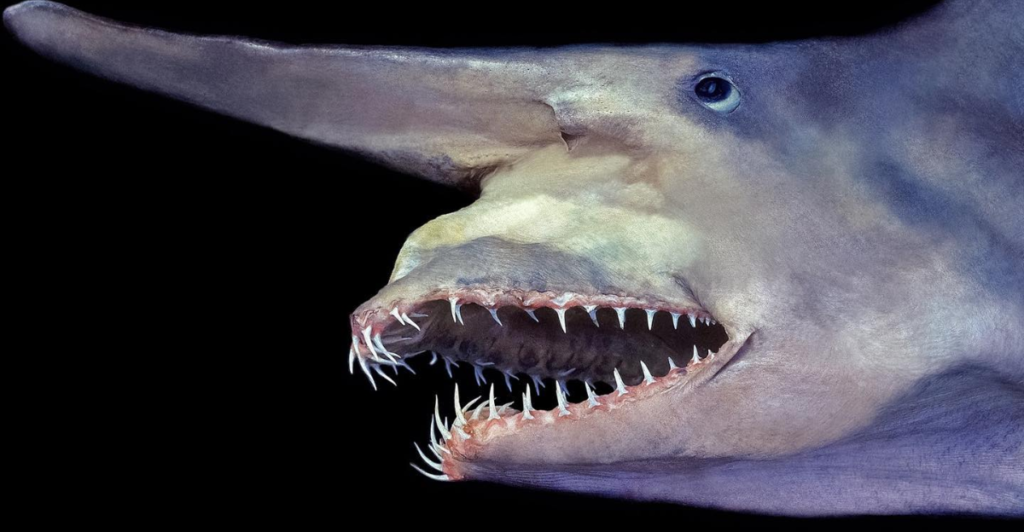
Dwelling in the deep waters of the world’s oceans, the goblin shark (Mitsukurina owstoni) is often referred to as a living fossil due to its ancient lineage, dating back over 100 million years. Its most distinctive features are its elongated, flattened snout and highly protrusible jaws, which can extend to capture prey such as fish and cephalopods. Rarely seen by humans, the goblin shark’s pinkish-gray coloration and unique anatomy make it a subject of fascination among marine biologists and enthusiasts alike.
Red Panda: The Elusive Arboreal Acrobat
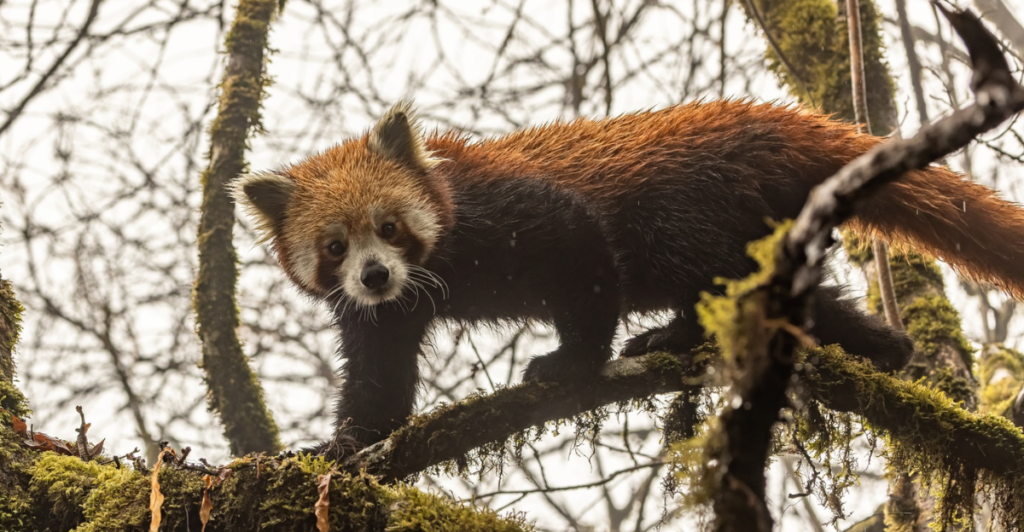
Inhabiting the temperate forests of the Himalayas and southwestern China, the red panda (Ailurus fulgens) is a small mammal with reddish-brown fur and a long, bushy tail adorned with alternating red and white rings. Despite its name, it is more closely related to raccoons than to giant pandas. Red pandas are adept climbers, spending much of their time in trees, and have a diet that primarily consists of bamboo, supplemented with fruits, acorns, and insects. Classified as endangered due to habitat loss and poaching, conservation initiatives are crucial to protect this charming species.
Immortal Jellyfish: The Rejuvenating Wonder
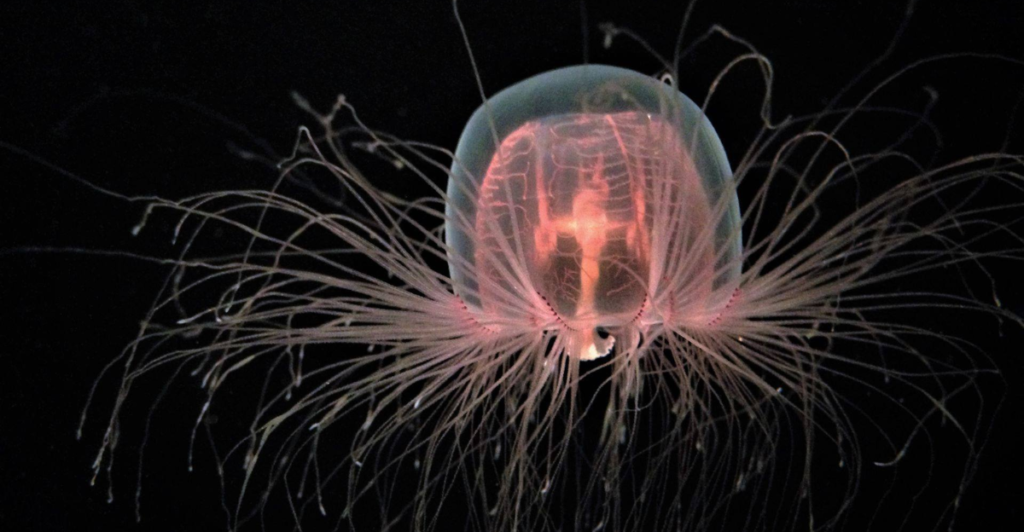
The immortal jellyfish (Turritopsis dohrnii), found in temperate and tropical waters, possesses a unique ability that defies the typical life cycle: it can revert to its juvenile polyp stage after reaching maturity. This process, known as transdifferentiation, allows the jellyfish to essentially restart its life, making it biologically immortal. While they can still fall prey to disease or predators, this remarkable capability has made the immortal jellyfish a subject of scientific interest, particularly in studies related to aging and cellular regeneration.
Whale Shark: The Gentle Giant
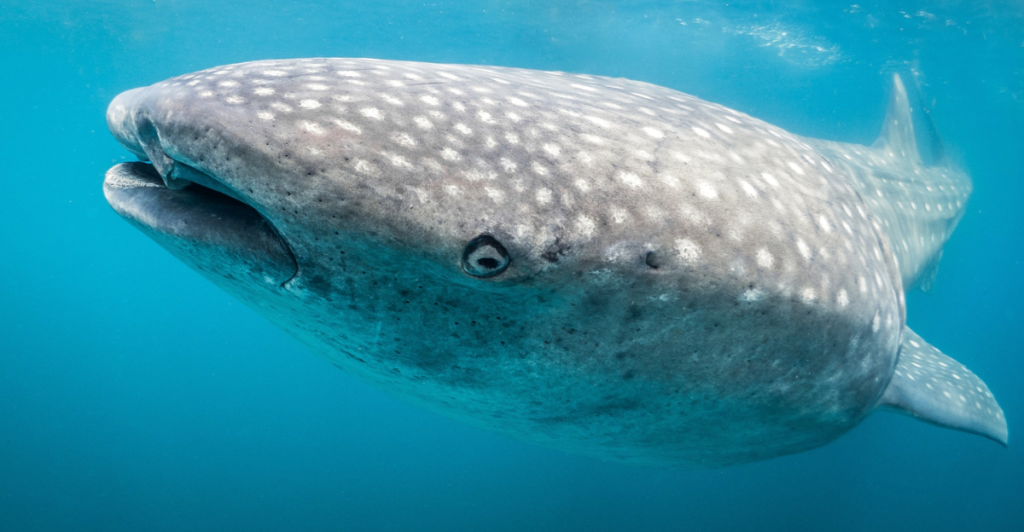
Holding the title of the largest fish in the sea, the whale shark (Rhincodon typus) can grow up to 62 feet (19 meters) in length. Despite their immense size, these gentle giants are filter feeders, consuming plankton and small fish as they swim with their colossal mouths agape. Inhabiting warm coastal waters, whale sharks are known for their distinctive pattern of white spots and stripes on a gray-blue background. Unfortunately, they are classified as endangered, facing threats from overfishing and habitat degradation, underscoring the need for marine conservation efforts.
Superb Bird-of-Paradise: The Dance of Seduction
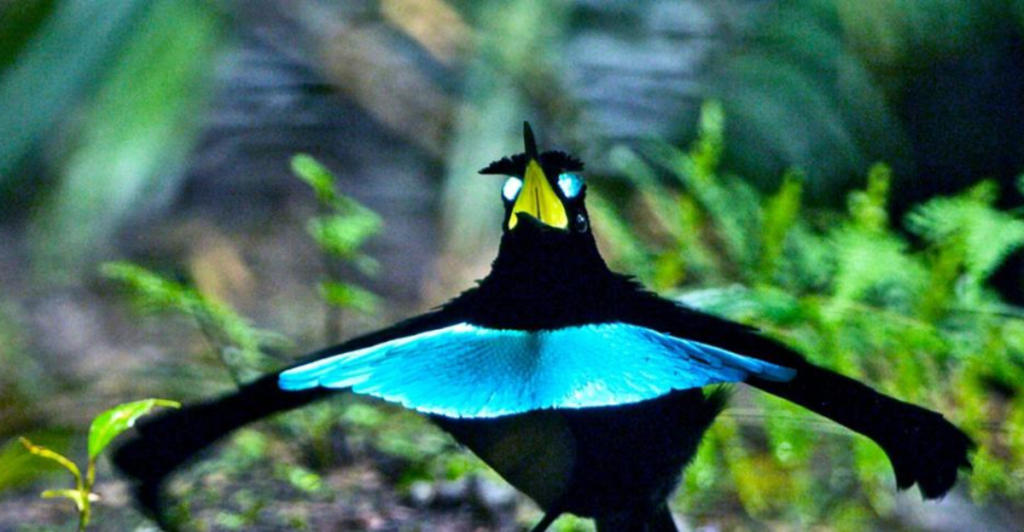
Endemic to the rainforests of New Guinea, the male superb bird-of-paradise (Lophorina superba) is renowned for its elaborate courtship display. To attract a mate, the male transforms his black feathers into a glossy, crescent-shaped cape, complemented by a vibrant blue-green breast shield. He then performs a captivating dance, rhythmically hopping and flaring his feathers to mesmerize the female. This intricate display not only showcases the species’ unique mating rituals but also highlights the role of partner selection in the evolution of such remarkable behaviors.
Bullet Ant: The Insect with the Fiercest Sting
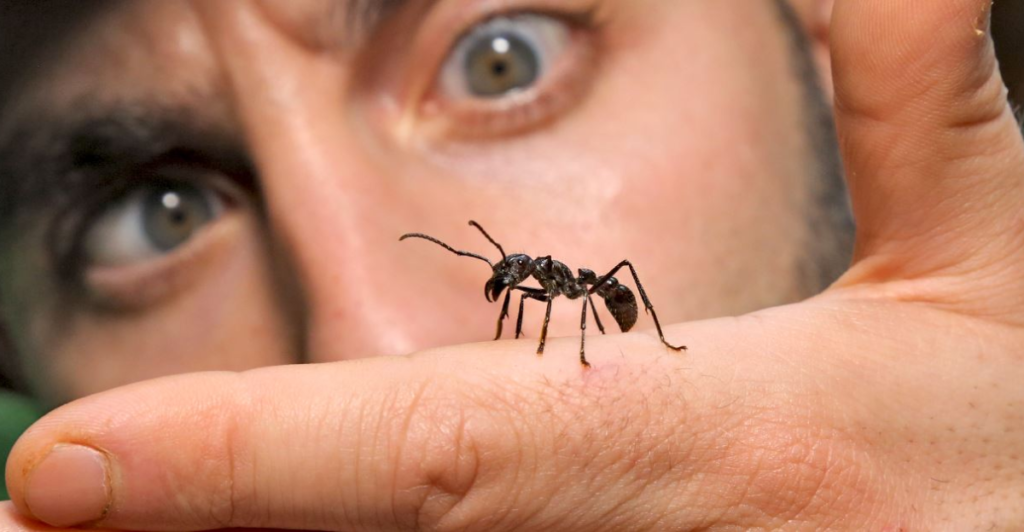
Inhabiting the rainforests of Central and South America, the bullet ant (Paraponera clavata) is infamous for delivering the most painful sting of any insect, often compared to the sensation of being shot, hence its name. The intense pain can last up to 24 hours and serves as a potent defense mechanism against predators. Interestingly, some indigenous tribes incorporate bullet ants into initiation rites, where individuals endure stings as a test of endurance and bravery, reflecting the deep cultural significance of this formidable insect.
Southern Right Whale: The Ocean’s Acrobat
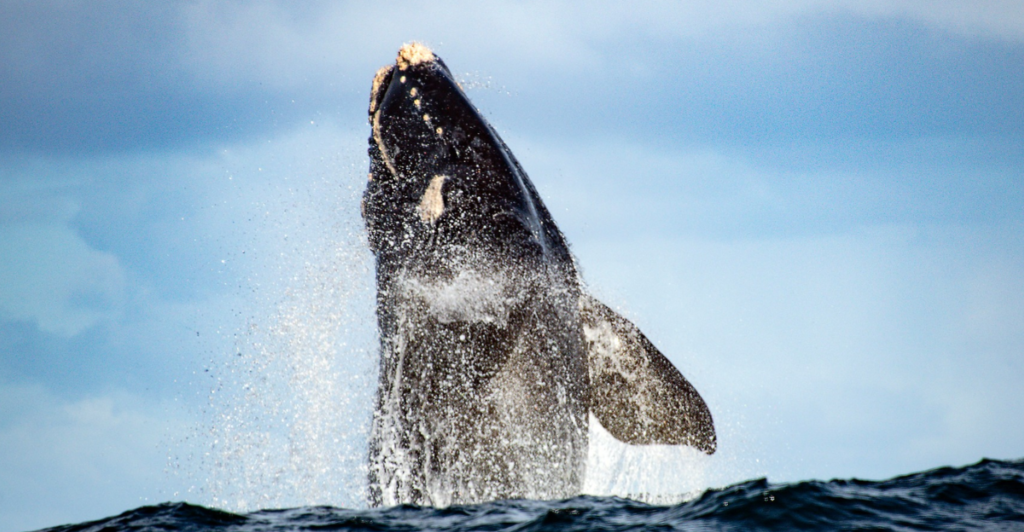
The Southern Right Whale, known as the “ocean’s acrobat,” is a fascinating marine giant found in the Southern Hemisphere. These whales, recognized by their distinctive callosities and lack of a dorsal fin, are incredible jumpers, often seen breaching and slapping the water with their massive fins. They’re known for their playful nature and curious behavior, approaching boats with surprising boldness. Southern Right Whales migrate thousands of miles between feeding and breeding grounds, showcasing remarkable navigation skills. Despite their beauty, they remain endangered due to past hunting.
Flying Squirrel: The Nocturnal Glider
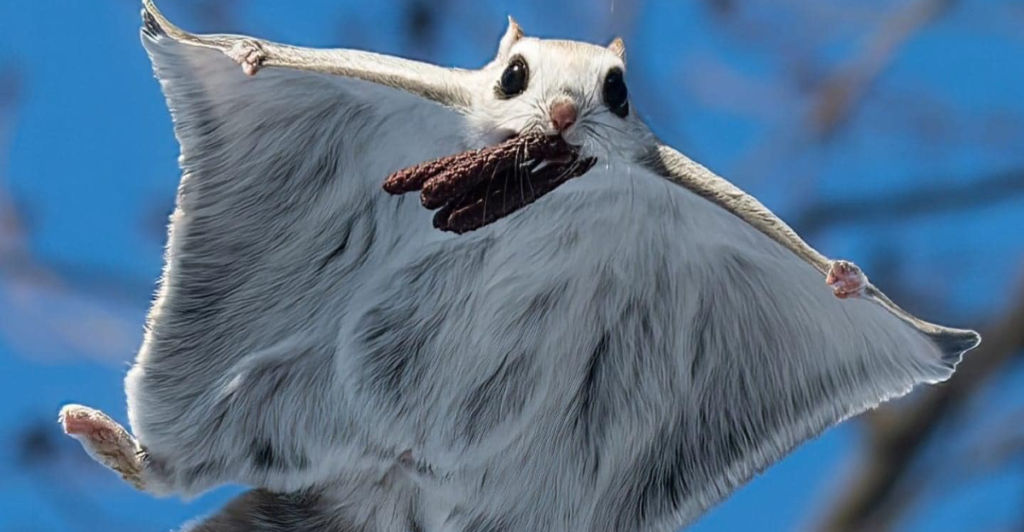
Despite their name, flying squirrels (Pteromyini or Petauristini) cannot truly fly but glide between trees using a special membrane called the patagium, which stretches from wrist to ankle. This adaptation allows them to evade predators and efficiently travel in search of food. Found in forests across North America, Asia, and Europe, flying squirrels are primarily nocturnal, using their large, luminous eyes to navigate in the dark. These fascinating gliders symbolize the ingenuity of nature, showcasing how evolution designs creatures perfectly suited to their habitats.
Why Unique Animals Matter to Ecosystems
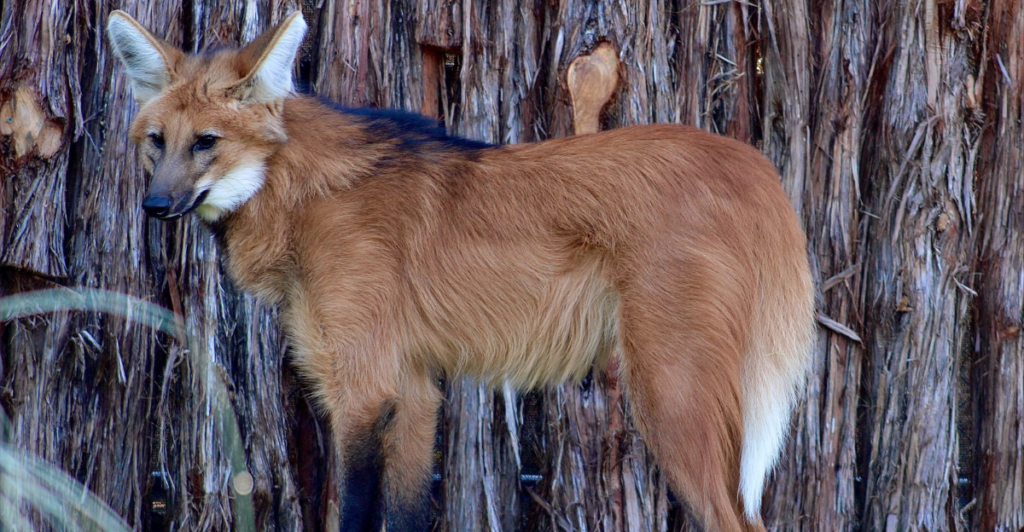
Rare and unique animals are often keystone species, playing critical roles in their ecosystems. For example, the maned wolf helps disperse seeds, while the red panda’s bamboo diet prevents overgrowth. Losing these species can lead to a cascade of negative effects, disrupting ecological balance. Beyond their environmental importance, such animals also inspire conservation efforts and remind us of the interconnectedness of life on Earth. Understanding and preserving them isn’t just about science. It’s about safeguarding the planet’s natural heritage.
Conservation Efforts: Protecting the Rare and Remarkable
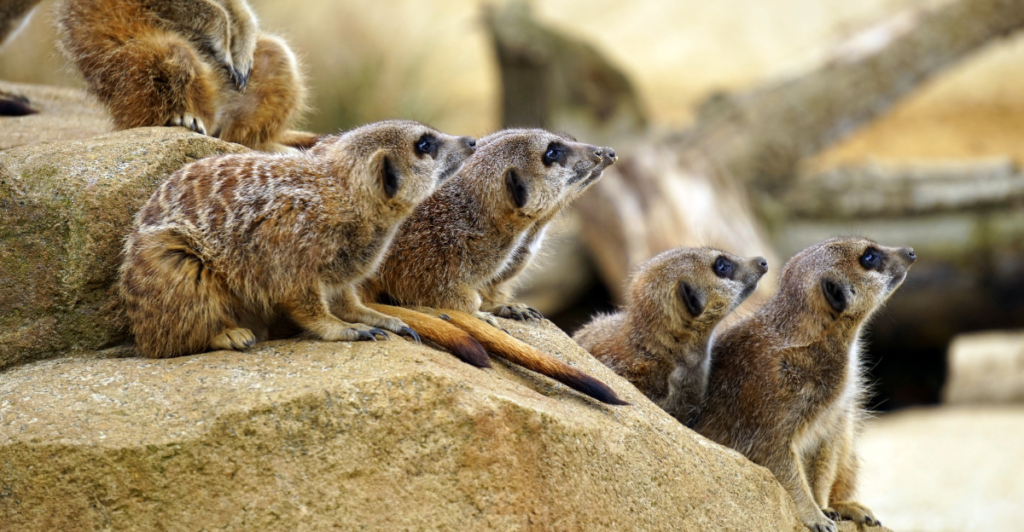
With many of these animals facing threats from habitat destruction, climate change, and human activity, conservation has never been more critical. Global initiatives, such as protected reserves, anti-poaching laws, and breeding programs, aim to mitigate these challenges. Education and awareness also play a vital role in encouraging communities to take action. By supporting conservation organizations and adopting sustainable practices, we can ensure that these rare animals continue to thrive and inspire future generations.
References:
10 Cool Animals That Stand Out in a Crowd
10 Unbelievable Animal Abilities
WILDLIFE LAW CALL
Stay connected with us for more stories like this! Follow us to get the latest updates or hit the Follow button at the top of this article, and let us know what you think by leaving your feedback below. We’d love to hear from you!







